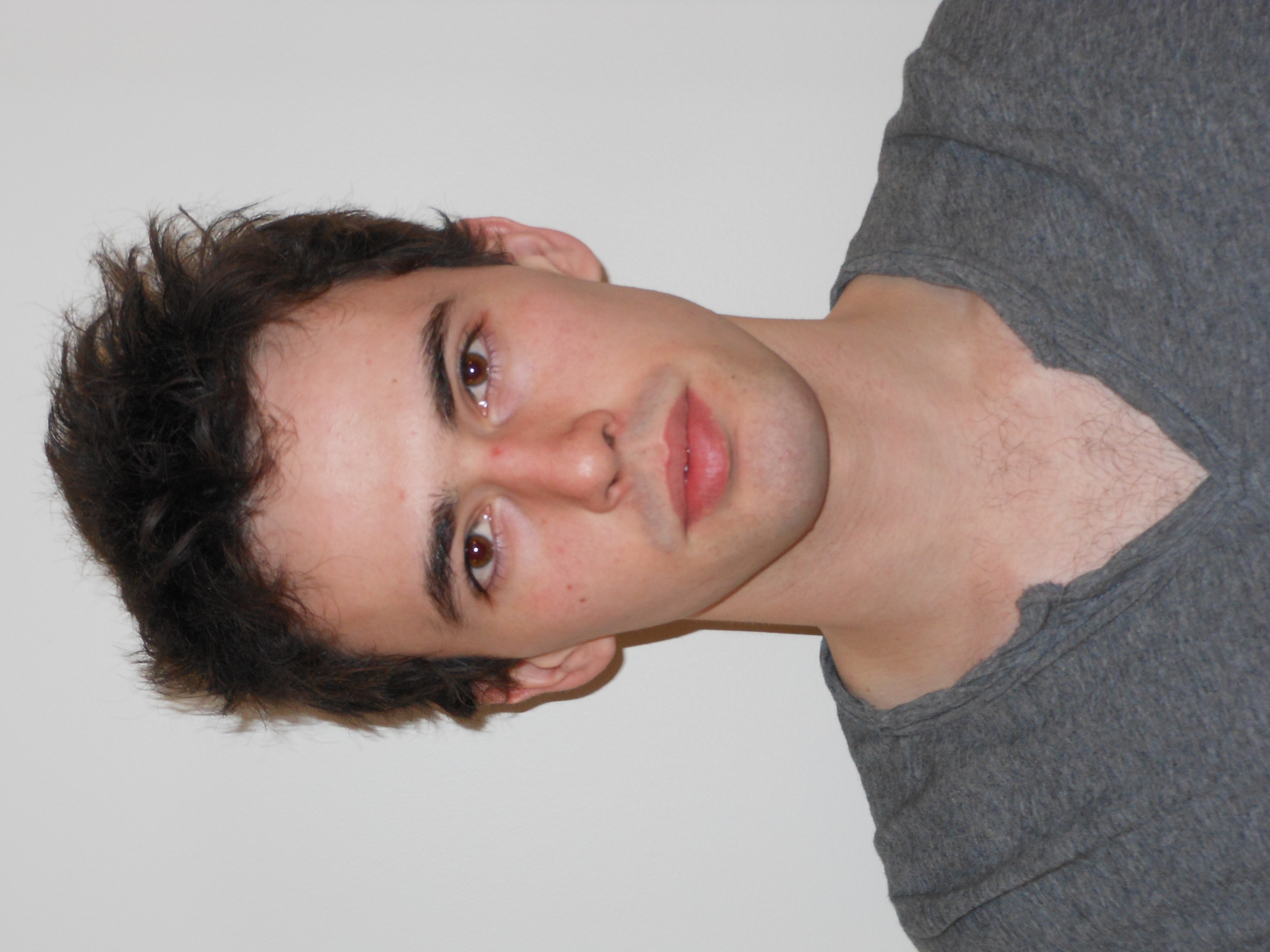Celebration of Scholars
Analysis of Step-Wise Leader Extensions in Cloud to Ground Lightning Discharges
 Name:
Chad Kelterborn
Name:
Chad Kelterborn
Major: French, Math, Physics
Hometown: Northville, Mich.
Faculty Sponsor:
Other Sponsors:
Type of research: Senior thesis
Abstract
While we have the general understanding of how lightning charges the Earth by carrying negative charges from the atmosphere to the ground, we do not understand the process of how the lightning channel works. For our analysis we sought to infer the relation between the initial impulsive step-wise extensions of the lightning channel and the physical properties of the lightning channel. We analyzed data produced by these impulsive step-wise extensions from a thunderstorm collected by the Huntsville Alabama Marx Meter Array (HAMMA). For our study, we were interested in the characteristics (namely the frequency, amplitude and duration) of the high frequency pulses which are associated with the step extensions of a lightning channel. We found that larger pulses and pulses of greater duration were more likely to occur earlier in the discharge process. Additionally, we found that pulses were more frequent when the background current was the greatest. Our results suggest that we can use the pulse structure to infer the physical properties of the developing lightning channel.
Submit date: March 15, 2013, 11:05 a.m.
